Lab Activities

Lab #9.7 Mechanics: Chapter 9 Dropping The Ball
Drop a ball to observe kinetic and potential energy.
Lab #9.7 Mechanics: Chapter 9 Dropping The Ball
Drop a ball to observe kinetic and potential energy.
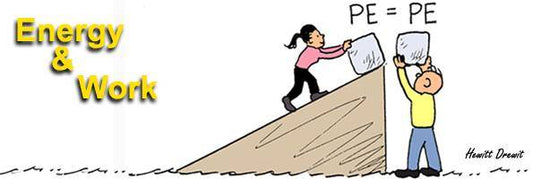
Lab #9.1 Mechanics: Chapter 9 An Uphill Climb
In this experiment, you will determine what advantage—if any—there is in using an inclined plane to move an object to a higher elevation.
Lab #9.1 Mechanics: Chapter 9 An Uphill Climb
In this experiment, you will determine what advantage—if any—there is in using an inclined plane to move an object to a higher elevation.
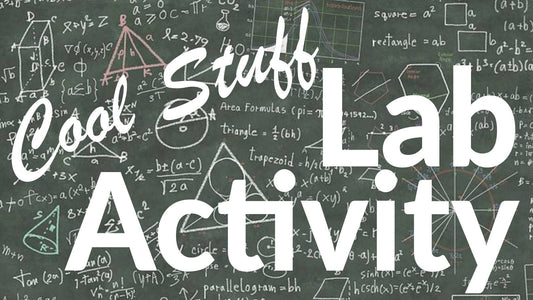
Density of a Solid
Students will devise a way of finding the volume of each object – calculating the volume of a cube or using water displacement for irregular objects.
Density of a Solid
Students will devise a way of finding the volume of each object – calculating the volume of a cube or using water displacement for irregular objects.
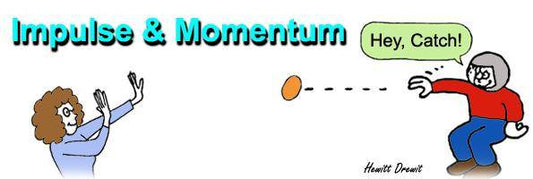
Lab #8.2 Mechanics: Chapter 8 Egg Toss
In this activity, you will investigate the effect that stopping time has on stopping force when momentum changes
Lab #8.2 Mechanics: Chapter 8 Egg Toss
In this activity, you will investigate the effect that stopping time has on stopping force when momentum changes
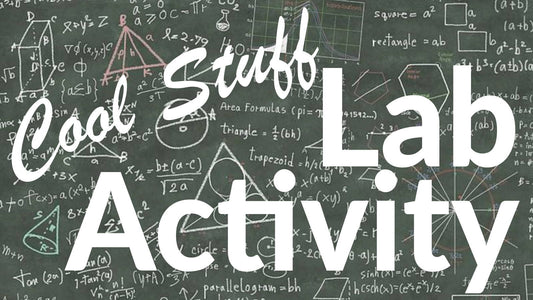
Acceleration Force and Mass
Use photogates to simplify labs testing acceleration, conservation of energy, and more.
Acceleration Force and Mass
Use photogates to simplify labs testing acceleration, conservation of energy, and more.
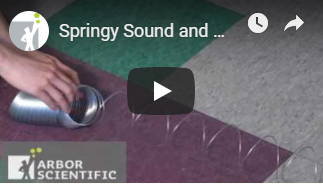
Waves on a Helical Spring
Students will investigate the properties of mechanical waves using a helical spring.
Waves on a Helical Spring
Students will investigate the properties of mechanical waves using a helical spring.
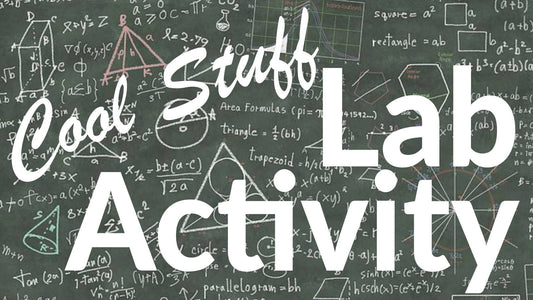
Tuning Fork Interference
This lab asks students to combine the sounds from two tuning forks (which each produces a simple sine wave vibration) and observe the results.
Tuning Fork Interference
This lab asks students to combine the sounds from two tuning forks (which each produces a simple sine wave vibration) and observe the results.
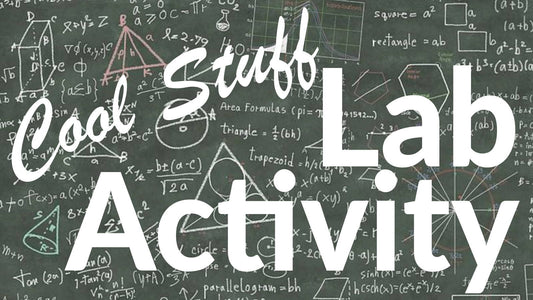
"Slinky" & the Wave
Students explore properties of mechanical waves such as λ, speed, reflection, and interference using a "slinky" spring.
"Slinky" & the Wave
Students explore properties of mechanical waves such as λ, speed, reflection, and interference using a "slinky" spring.
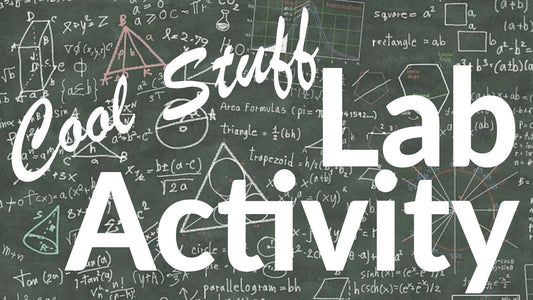
Refraction and Total Internal Reflection
Students will be able to observe properties of refraction between two different transparent materials.
Refraction and Total Internal Reflection
Students will be able to observe properties of refraction between two different transparent materials.
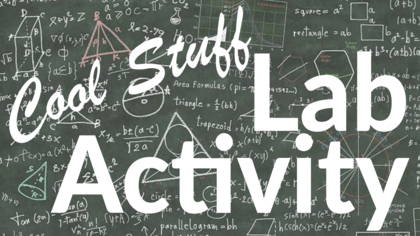
Lab #6.3b Mechanics: Chapter 6 the Weight
In this activity, you will investigate the relationship between weight and mass.
Lab #6.3b Mechanics: Chapter 6 the Weight
In this activity, you will investigate the relationship between weight and mass.
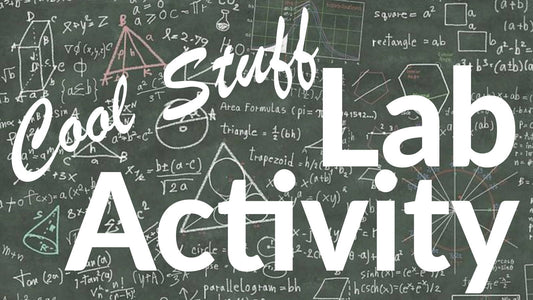
Wave Motion
Use the Super Snaky helical spring and Super Springy slinky to model P-waves and S-waves.
Wave Motion
Use the Super Snaky helical spring and Super Springy slinky to model P-waves and S-waves.
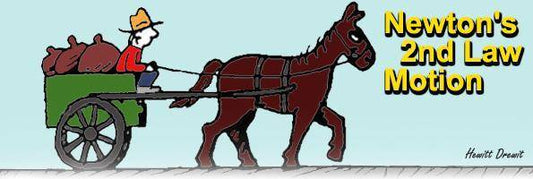
Lab #6.3a Mechanics: Chapter 6 Putting the Force Before the Cart
You will observe the motion of a variety of objects under a variety of conditions to learn the relationship between force, mass, and acceleration.
Lab #6.3a Mechanics: Chapter 6 Putting the Force Before the Cart
You will observe the motion of a variety of objects under a variety of conditions to learn the relationship between force, mass, and acceleration.
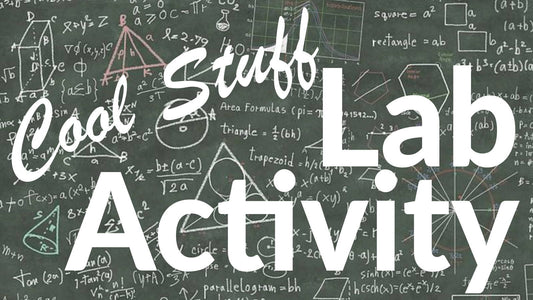
Pulleys: Fixed, Movable and Systems
Students construct a complex system of six pulleys and determine its ideal mechanical advantage.
Pulleys: Fixed, Movable and Systems
Students construct a complex system of six pulleys and determine its ideal mechanical advantage.
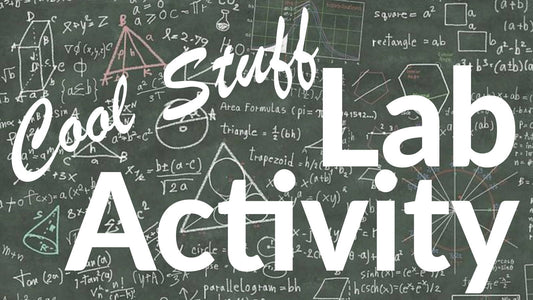
Quantum Energies Lab Inquiry
Students will have to develop their own method for finding the pennies' mass
Quantum Energies Lab Inquiry
Students will have to develop their own method for finding the pennies' mass
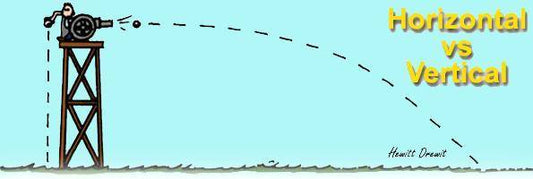
Lab #5.5 Mechanics: Chapter 5 The Big BB Race
In this activity, students will compare the path of a projectile launched horizontally with that of an object in free fall.
Lab #5.5 Mechanics: Chapter 5 The Big BB Race
In this activity, students will compare the path of a projectile launched horizontally with that of an object in free fall.
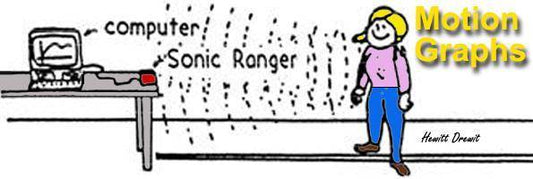
Lab #4.7 Mechanics: Chapter 4 Sonic Ranger
Students will use a sonic ranger to graph their own motion on a computer.
Lab #4.7 Mechanics: Chapter 4 Sonic Ranger
Students will use a sonic ranger to graph their own motion on a computer.


